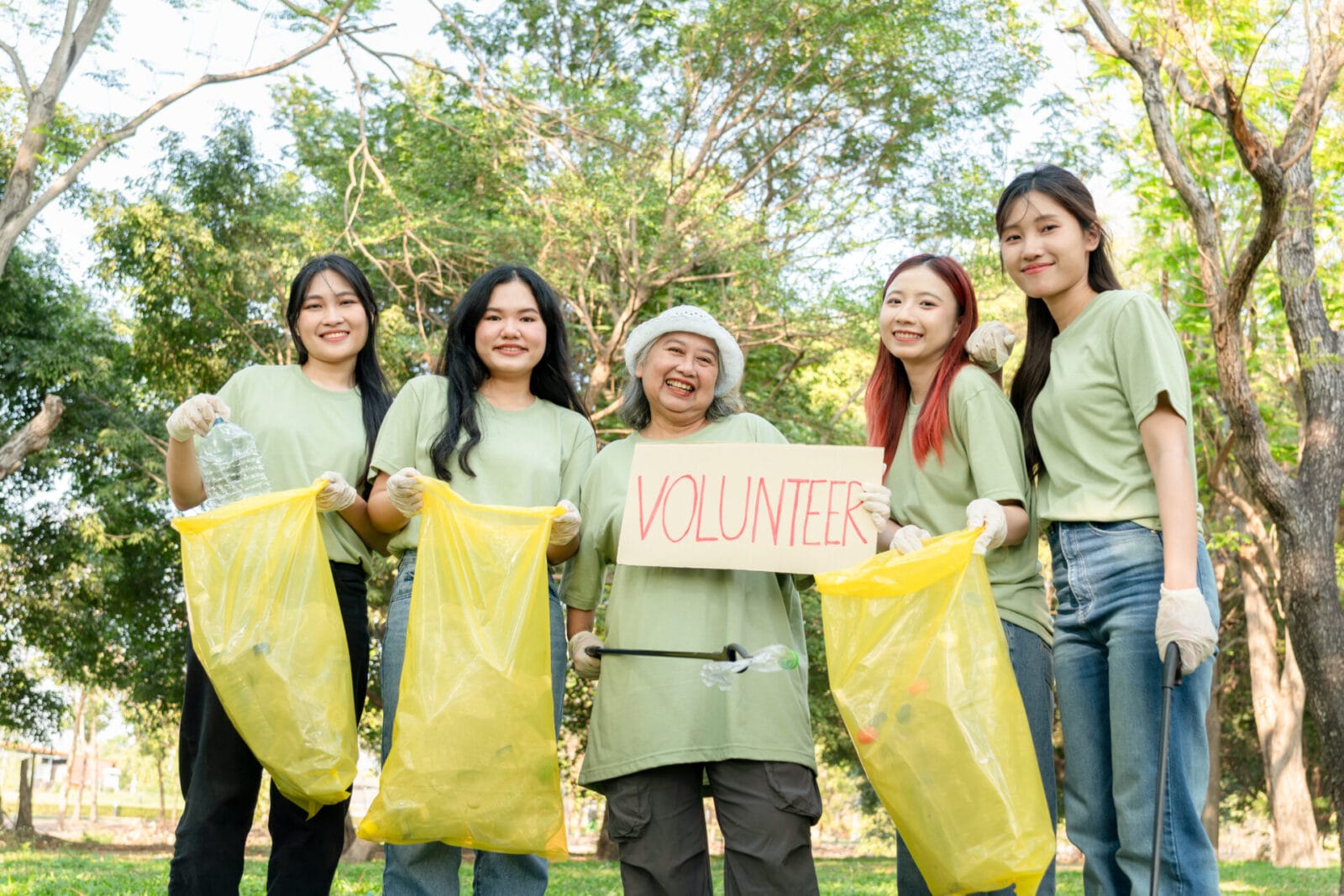We’re Overly Connected—And It’s Ruining Our Connections

This article originally appeared on Forbes Nonprofit Council.
Every month, I wake up at 6 a.m. and join friends to cook breakfast at my local church kitchen. This simple act connects me with the humanity of others. I’m alongside dedicated volunteers, preparing warm meals for members of my community—from elders to children to unhoused neighbors. While the rest of my days are filled with phone calls, emails and meetings, nothing compares to the in-person connection and simple kindness of volunteering. This in-person connection is something we need much more of.
At the beginning of the year, I noticed many people sharing their resolutions. What surprised me was how many were focused on disconnecting—disconnecting from the news, getting off social media and stepping away from the inundation of tragedies, uproars and alerts on our screens each day.
I understand their intent, but I’m cautious. We are too disconnected already. According to a 2023 Pew Research survey, “only 42% of U.S. adults under 30 feel close to people in their community.” And a recent study from GWI found that eight in 10 members of Gen-Z said they experienced loneliness in the past year. In fact, my organization’s newest board member, a member of Gen-Z, said, “Gen-Z is increasingly online and disconnected, but we’re also a generation searching for connection.”
I propose another approach: Disconnect online but reconnect offline. Our world needs more connection. More closeness. More humanity. Volunteering is one of the most effective and valuable ways to foster these much-needed connections and create and strengthen community. A challenge is the perception that volunteering is nice, not necessary. But it’s more necessary than ever.
Communities Are Struggling And Nonprofits Are Trying To Meet Increasing Needs
Many of our local communities are in serious need of support and connection. Los Angeles is reeling from deadly wildfires. North Carolinians are still living among the destruction from Hurricane Helene. Nonprofits aim to help but face a lack of volunteers and critically needed unrestricted funds. Among nonprofits in the United States, 64% report increased demand for their services. Yet, 29% report less funding and fewer staff, and 47% struggle with volunteer recruitment.
It is nearly impossible to meet the needs of a community without enough financial or volunteer resources. Nonprofits are the ones that stand in the gap, connecting people with much-needed services while they wait months—or sometimes years—for state and federal funds to reach them. Volunteers enhance community resilience.
People Are Looking For Purpose
While nonprofits look for volunteers, people are looking for purpose. A recent study found that only 68% of 24-to-26-year-olds say they are somewhat happy. And many of these young employees are looking to find purpose through work. A study our company conducted found that more than 40% of Gen-Z said they considered applying or taking a job because of the company’s social responsibility. They are a values-driven generation, and yet they feel disconnected. They’re searching for this purpose and connection through and from their workplace.
One of our Civic 50 honorees—organizations setting a superior example of corporate citizenship—serves as a good example of this. Partnering with Taproot Foundation, Blue Cross Blue Shield of Louisiana utilizes their employees to provide pro bono services to all nonprofits in Louisiana. For example, an HR professional could provide pro bono professional services by helping an organization draft an employee handbook. A graphic designer could provide branding advice and layouts. Having their employees use professional skills this way supports the capacity of local nonprofits with much-needed services and gives their employees community connections and a sense of purpose.
Bridging The Gap To Benefit Individuals, Communities And Society
It’s clear there’s a gap between the needs of nonprofits and communities and people’s desires for a purpose-filled life. We know that volunteering positively impacts individuals, communities and society. So how do we get there?
- Disconnect online to reconnect offline. Find volunteer opportunities through online resources, local nonprofit organizations or even civic spaces like the public library or rotary clubs. Most people volunteer because they’re asked, so find an opportunity and invite a friend.
- Provide volunteer opportunities to your employees. This supplies your employees with purpose and connects them to the community. Volunteer opportunities have been known to increase employee retention, attract stronger recruits and cultivate a sense of pride among your workforce.
- Invest in volunteer infrastructure. Whether you run a company or foundation or are an individual community member, nonprofits need unrestricted operating funds for strong volunteer infrastructure. This allows them to meet the ever-evolving needs of the community. Unrestricted dollars recognize that the nonprofits you work with are the experts in the community, allowing them to respond as needed and helping their volunteer recruitment because their work is relevant, essential and inspiring. When you work with a nonprofit for a day of service for employees, ensure the project is aligned with community needs and is actually impactful. There is a cost to recruiting, training and retaining volunteers. Investing in nonprofits and intermediary organizations for volunteer infrastructure, not just program impact, can help scale and increase efficiencies.
These three steps create stronger opportunities for individuals, communities and society to bridge divides. In 2025, I predict the most meaningful moments are going to be the ones where we’re reconnected offline, in person and in community.
